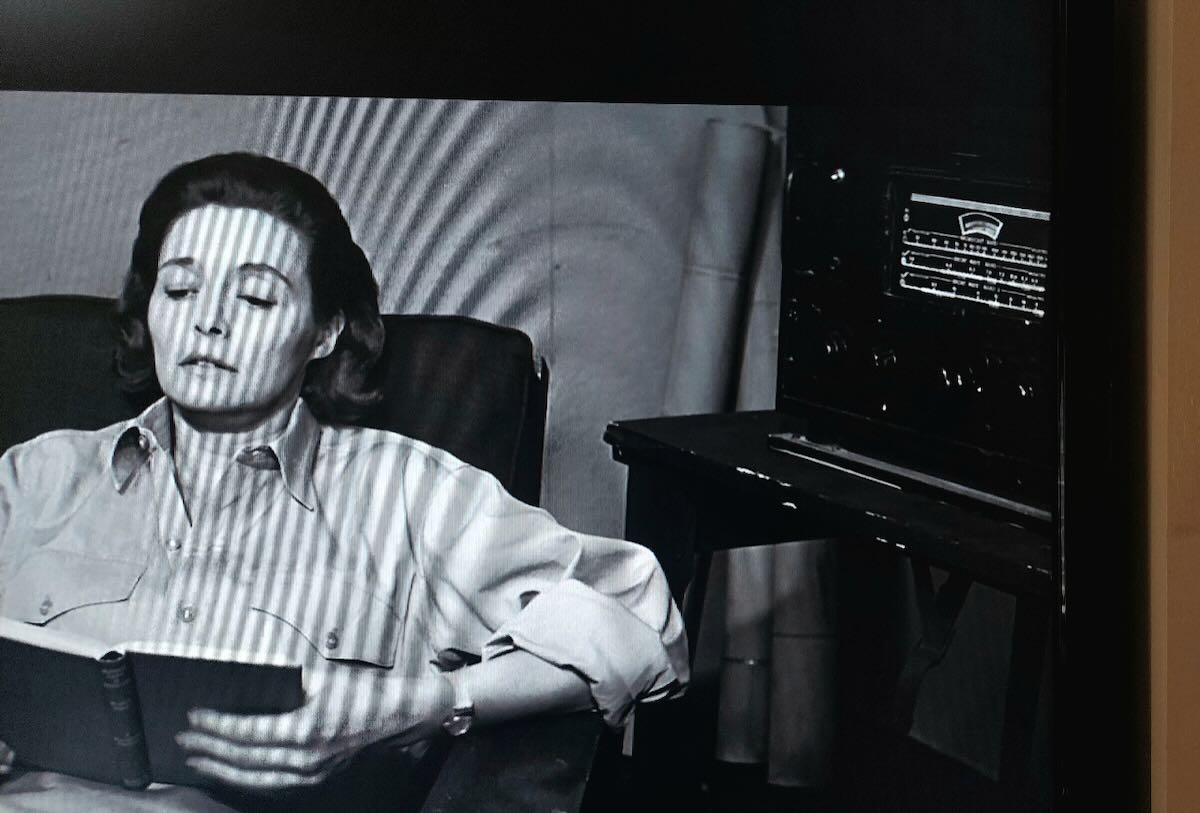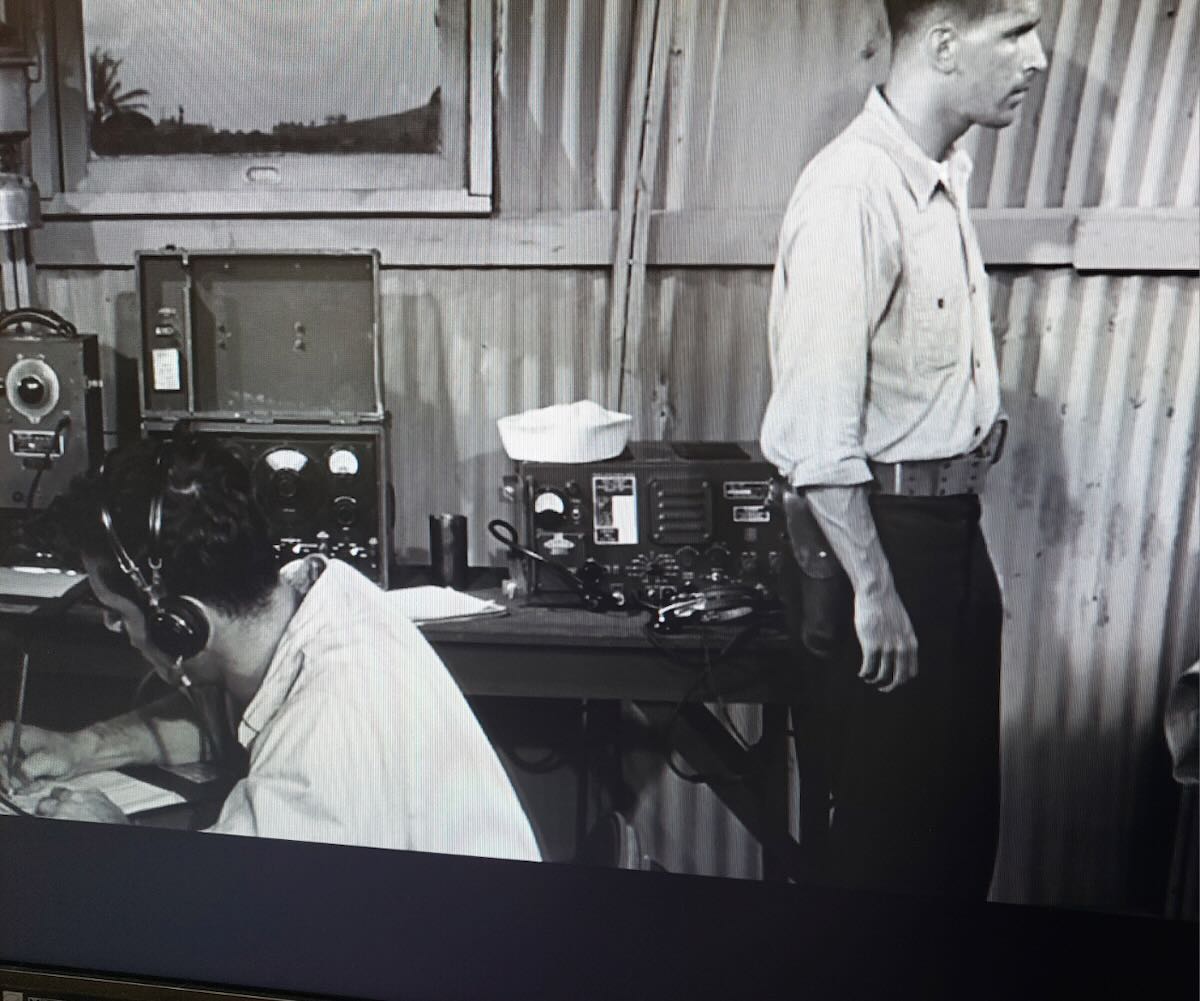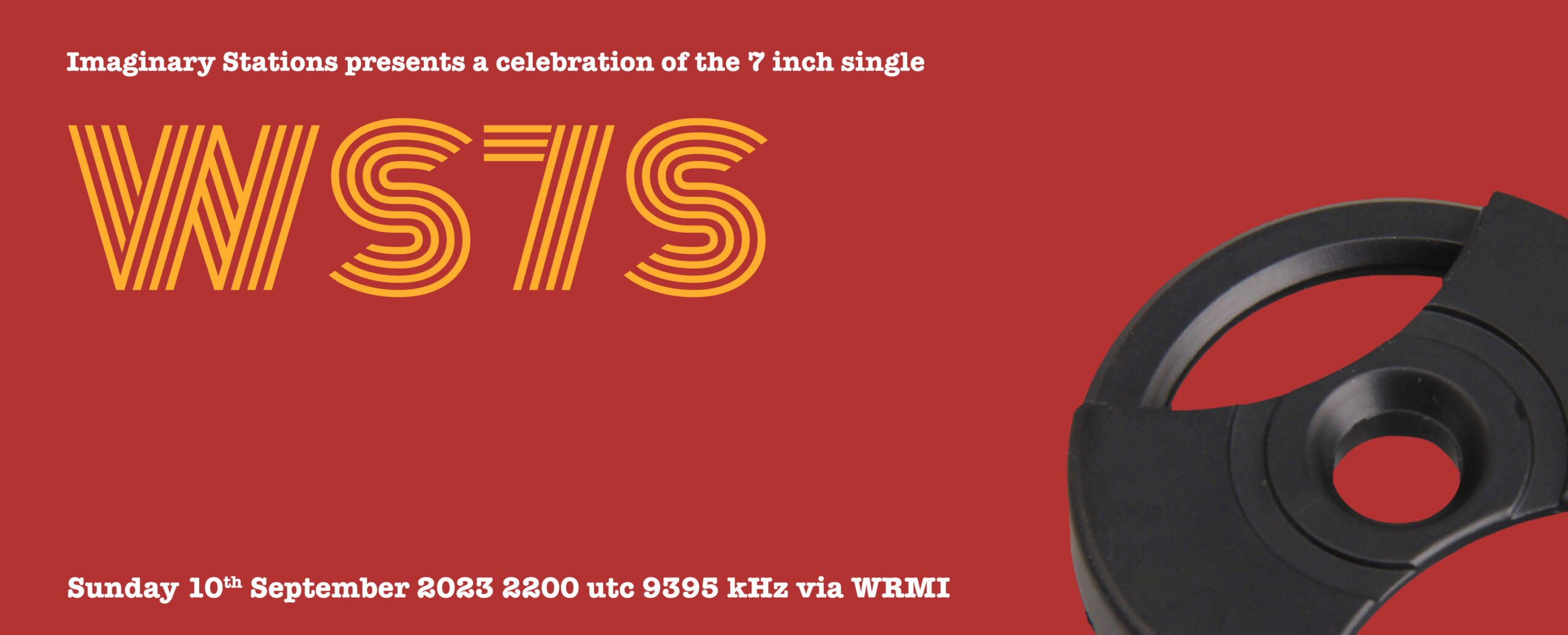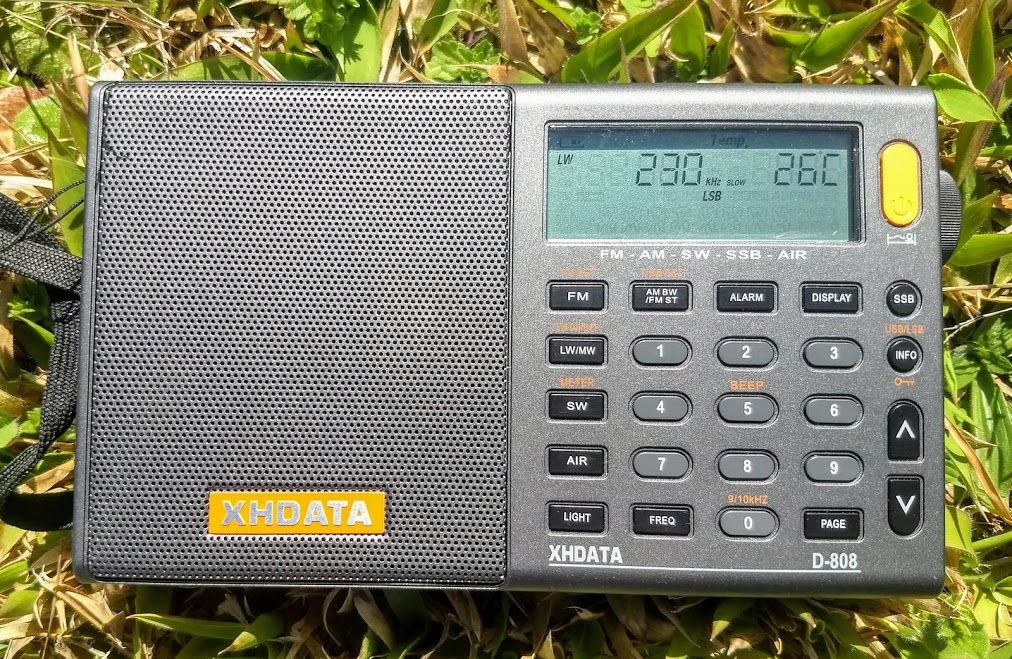
Radio Waves: Stories Making Waves in the World of Radio
Welcome to the SWLing Post’s Radio Waves, a collection of links to interesting stories making waves in the world of radio. Enjoy!
Many thanks to SWLing Post contributor, Dennis Dura, for the following tips:
This fall could be a busy time for broadcasters on Capitol Hill.
Earlier this year, with leading automakers poised to remove AM radio capabilities from new electric vehicle lines, lawmakers in the House and Senate worked across the political aisle to introduce a pair of proposals (H.R.3413 and S.1669) that would preserve AM radio in the auto dash.
Even with Congress in recess, the AM Radio for Every Vehicle Act has continued to benefit from the issue’s momentum. In recent days, the legislation has attracted several new cosponsors, most recently adding Reps. James Comer (R-Ky.), Carlos Gimenez (R-Fla.), Mike McCaul (R-Texas.) and Sens. Catherine Cortez Masto (D-Nev.) Joni Ernst (R-Iowa.), Lindsey Graham (R-S.C.), Josh Hawley (R-Mo.), Chris Murphy Chris (D-Conn.), and Jacky Rosen (D-Nev.), for a total of 150 cosponsors in the House and 34 in the Senate.
The bill sailed through Senate markup in July. Prior to the markup, a manager’s amendment (package of amendments from the lead sponsor or committee chair) introduced a few tailored changes, such as narrowing the bill to “passenger motor vehicles” as opposed to “motor vehicles” more generally and revising the requirement that radio be “conspicuous” to merely “easily accessible.” Changes were also made to the effective date and to the fee structure, but the core elements of the bill—requiring that AM radio will remain in cars and be placed in cars that have eliminated it—was not changed.
Once the Senate is back in session, the bill must be brought up before it is considered on the floor. This can happen by unanimous consent or by voting to adopt a motion to proceed to the bill. After this step of the bill process happens, Senators can then offer amendments. Unlike in the House, amendments in most circumstances are not subject to “germaneness” rules, and can sometimes include aspects that are unrelated to the bill. Furthermore, there is no limit to debate at each step of the process (motions to proceed, amendments, the bill itself), so there is no way to cut off debate to force a vote. This makes the bill’s time and debate on the floor unpredictable, but given its bipartisan support and quick progress so far, S.1669 has a good chance of avoiding these procedural difficulties. [Continue reading…]
A whopping 184 members of Congress have cosponsored the AM Radio for Every Vehicle Act
It’s a rare occasion when lawmakers on both sides of the political spectrum can agree on any given legislation, but that’s just the case for the AM Radio for Every Vehicle Act. The bill, first introduced in May, continues to garner strong, bipartisan support, with one-third of all senators and members of the House of Representatives cosponsoring the legislation.
The AM Radio for Every Vehicle Act would give the government power to mandate that automakers maintain AM service in their future car models. If adopted, the act would direct the National Highway Traffic Safety Administration to implement new rules requiring car manufacturers to keep the service without any additional charges.
The bill also would direct the Government Accountability Office to study whether alternative communication systems could fully replicate the reach and effectiveness of AM broadcast radio for alerting the public to emergencies.
As of Sept. 7, 150 out of the 435 total members that comprise the U.S. House of Representatives have cosponsored the measure. Of those House representatives, 72 are Democrats and 78 are Republicans.
Additionally, 34 out of 100 senators support the bill. Of those members of Congress, 16 are Democrats and 18 are Republicans. [Continue reading…]
Built around a Raspberry Pi and an Airspy HF+ SDR dongle, the SDRDock includes a custom ESP32-powered physical user interface.
Radio ham Kaushlesh “KD9VFU” Chandel is putting together a pocket-sized device designed to make it easier to play with software defined radio (SDR) on-the-go: the Raspberry Pi-powered SDRDock.
“Built on a Raspberry Pi platform, SDRDock aims to enhance the SDR experience by integrating all essential hardware components onto a single, streamlined PCB,” Chandel claims of his creation. “With the convenience of 3D-printable enclosures and compatibility with various SDR dongles, this device is both accessible and versatile. What sets it apart is its tactile interface, featuring user-friendly knobs and buttons that transform complex SDR tasks into an intuitive and engaging experience.”
Radio ham Kaushlesh “KD9VFU” Chandel is putting together a pocket-sized device designed to make it easier to play with software defined radio (SDR) on-the-go: the Raspberry Pi-powered SDRDock.
“Built on a Raspberry Pi platform, SDRDock aims to enhance the SDR experience by integrating all essential hardware components onto a single, streamlined PCB,” Chandel claims of his creation. “With the convenience of 3D-printable enclosures and compatibility with various SDR dongles, this device is both accessible and versatile. What sets it apart is its tactile interface, featuring user-friendly knobs and buttons that transform complex SDR tasks into an intuitive and engaging experience.”
That interface is immediately visible on the very front of the device. Where most software-defined radio work is done on a laptop or desktop with a keyboard and mouse, Chandel wanted something more streamlined — so developed what is, in effect, a custom mixing deck-style user interface based on 3D knobs and sliders. These are then mapped to actions in the SDR software running on the Raspberry Pi — meaning it’s possible to hone in on an interesting signal with no keyboard or mouse in sight. [Continue reading…]
The technology is ‘an unsung hero’ for getting messages out, one operator says
As Atlantic Canada gears up for another hurricane season after a year of unprecedented disasters linked to climate change — including post-tropical storm Fiona last September — amateur radio operators say a simple technology can play a part in the response to disasters across the region.
When Fiona hit Nova Scotia, it affected electrical grids and telecommunications networks, leaving some people unable to call for help. That experience in particular prompted a renewed interest in amateur radio — also known as ham radio — which allows non-professional users to send messages without requiring the internet or cell phone networks.
“I think it’s kind of an unsung hero in communications that gets forgotten in the noise of disaster when it comes to, ‘Well, how do we get that message out?'” said John Bignell, president of the Halifax Amateur Radio Club.
Ham radio operators use a special designated set of frequencies — not the regular AM or FM radio signals — to exchange messages locally or around the world.
They say the technology can help Nova Scotians respond to the increasing risks of extreme weather, as climate change forces a reckoning with communications infrastructure across the country. [Continue reading…]
Do you enjoy the SWLing Post?
Please consider supporting us via Patreon or our Coffee Fund!
Your support makes articles like this one possible. Thank you!

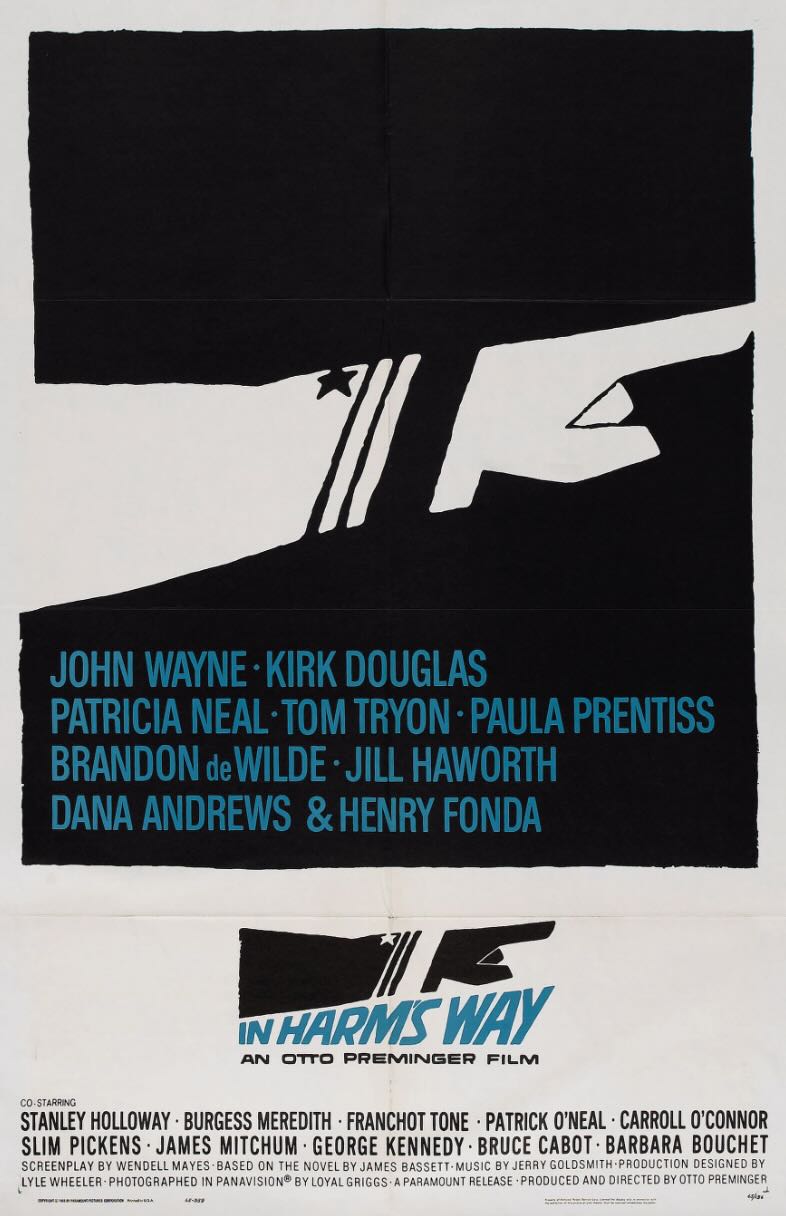 Many thanks to SWLing Post contributor, Dan Robinson, who writes:
Many thanks to SWLing Post contributor, Dan Robinson, who writes:
